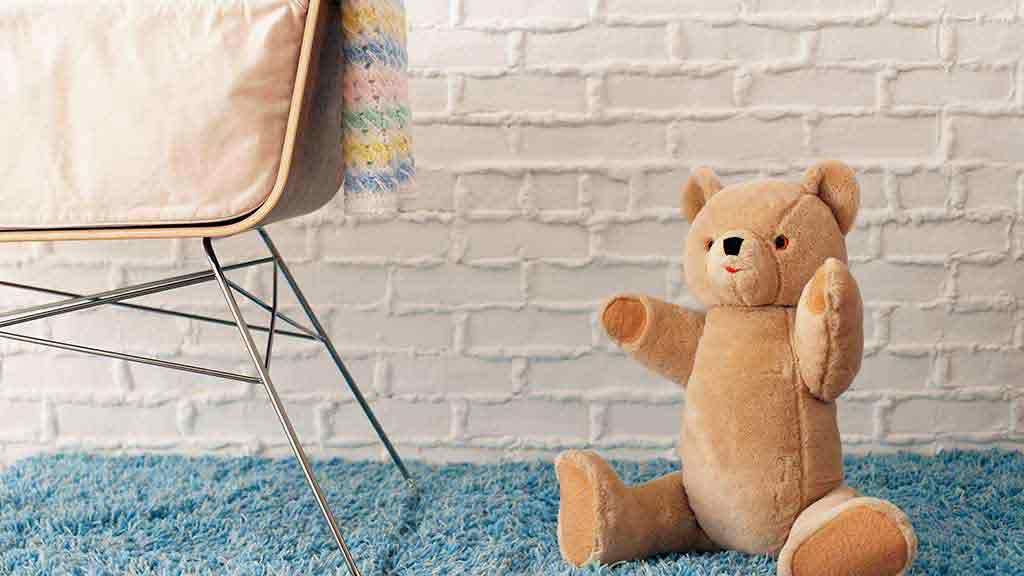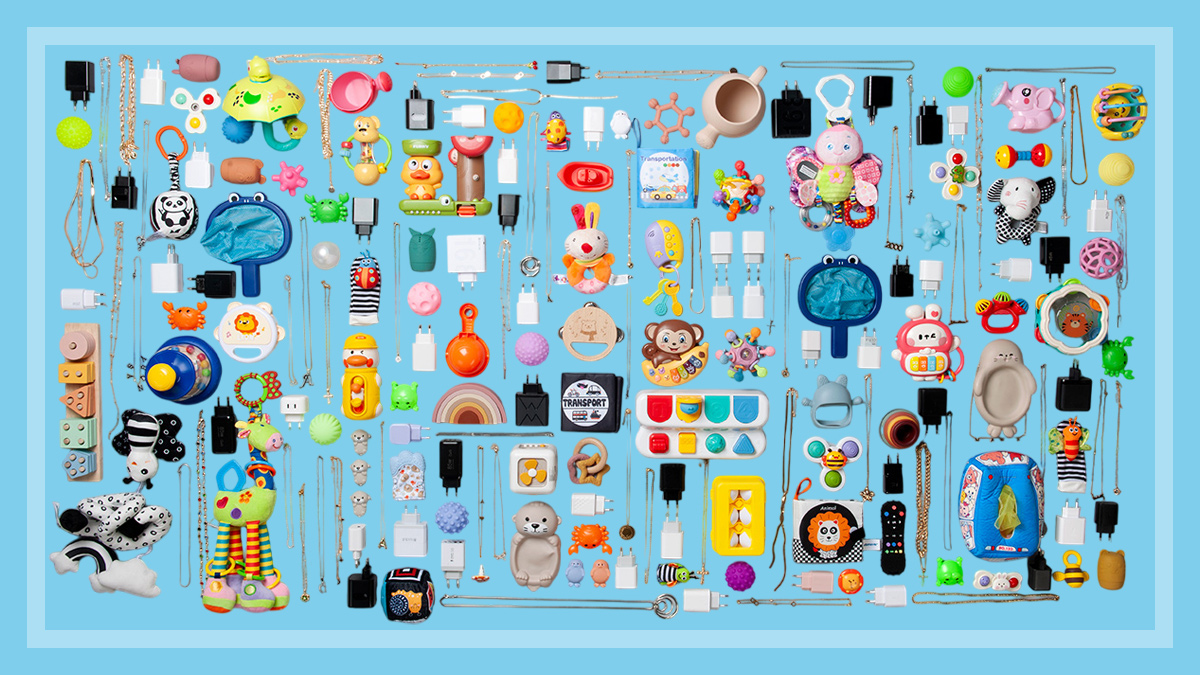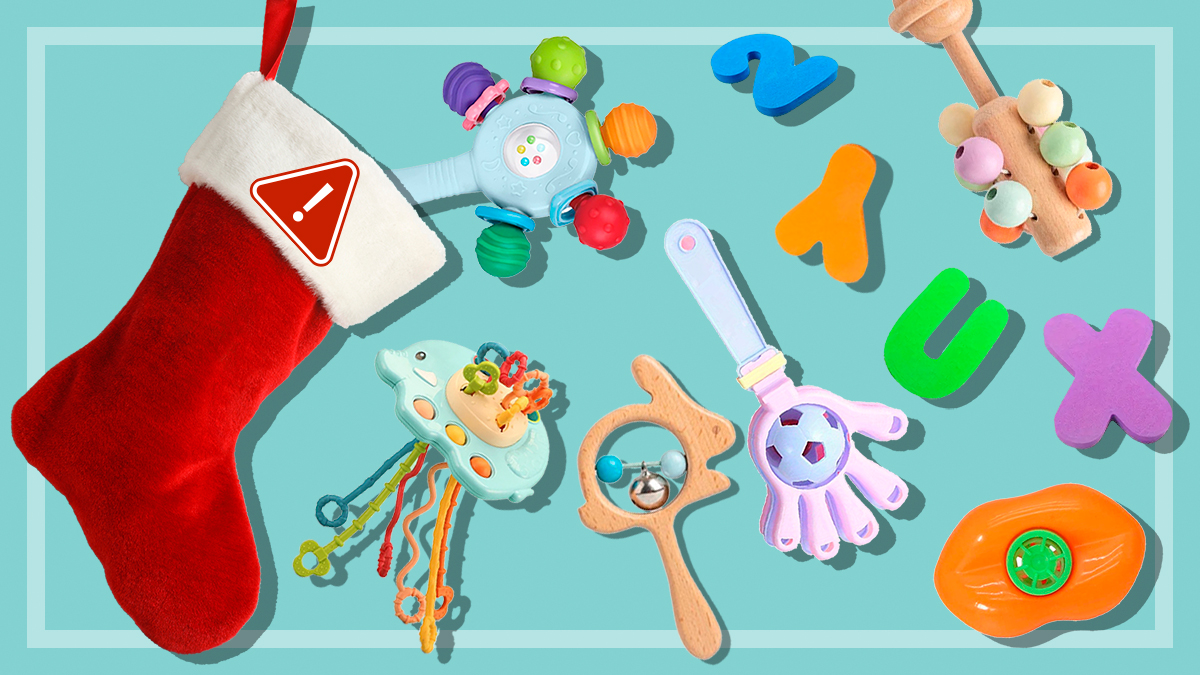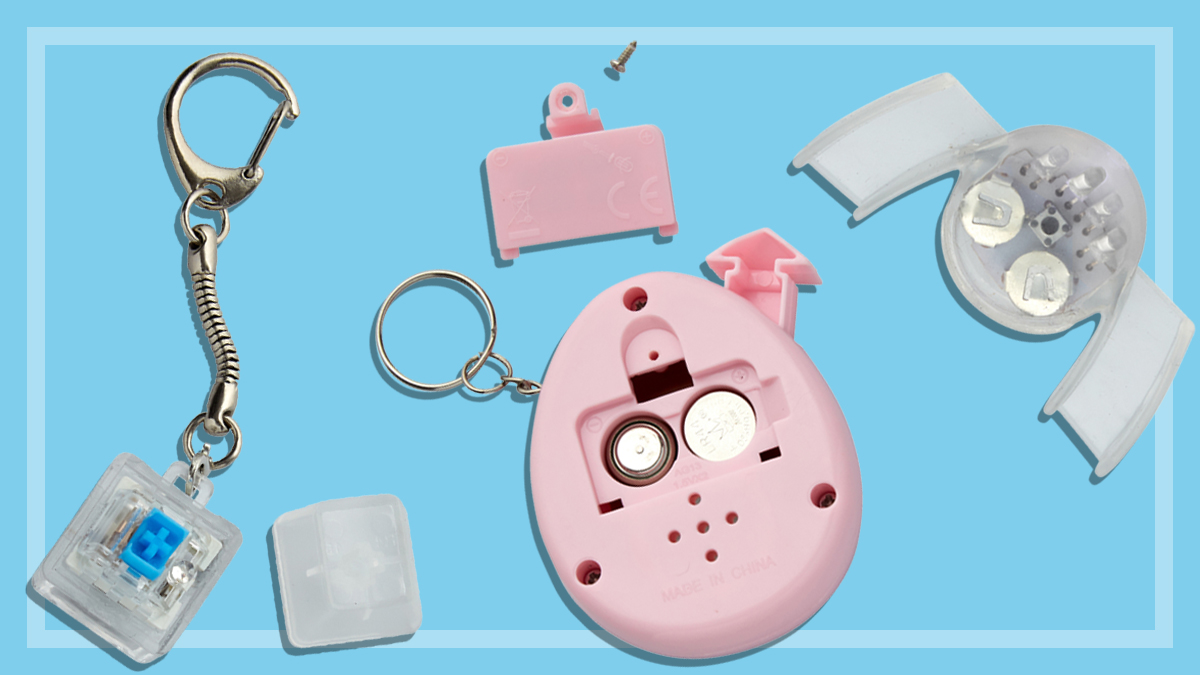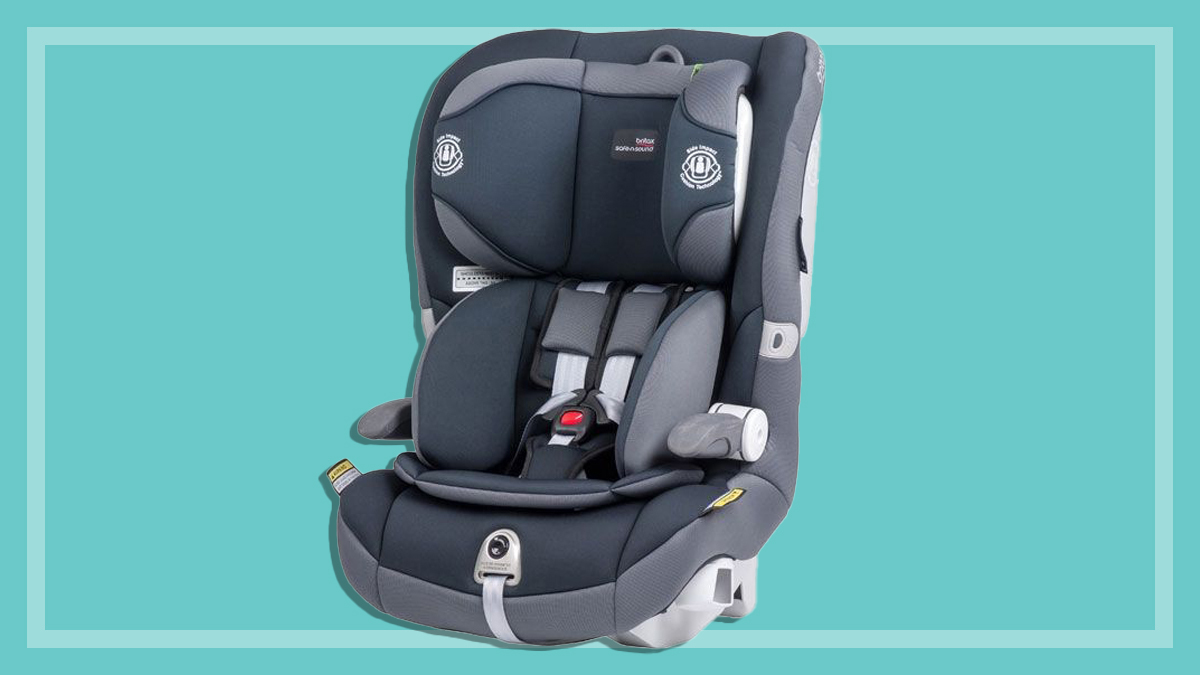A guide to bottle feeding your baby
What you need to know about baby formula, teats and bottles to help you make the best choices for your baby.
Last updated: 26 Aug 2014
The benefits of breastfeeding are well known, but in some cases it’s just not possible. Infant formulas are designed to mimic, as far as possible, the composition of breast milk. They have a balance of vitamins and minerals, and the fat they contain – essential to your baby’s growth and development – is more easily digested than that of cow’s milk.
On this page:
It can be difficult to choose the right formula for your baby, especially when the wrong one can lead to all kinds of problems, so it’s always a good idea to consult a doctor before settling on a particular product for your child. However, if you’d just like a better idea of what’s currently on the market, we’re here to give you a rundown of available formulas.
Baby formula – what’s in the mix?
There are several different types of formula available. Most formulas are based on cow’s milk, but there are products that use a protein derived from soy beans instead, as well as specialised formulas for specific dietary needs. These usually aren’t available over the counter, and you should always consult an expert before deciding to use any of these alternatives.
Milk formulas are based either on casein, the main milk protein, or whey. Whey-based products more closely resemble breast milk, and so can often be the better choice for your child. If you do have to use an infant formula during the first 12 months of your baby’s life, we suggest that you use one of the whey-based formulas. The label will indicate whether the product is whey- or casein-dominant.
Soy formulas are designed for use when a baby becomes temporarily unable to digest lactose – for example, after gastroenteritis – and are prescribed if your baby doesn’t tolerate cow’s milk protein. In soy formulas, carbohydrate is added as sucrose or corn syrup solids, or a mixture of both, to help provide essential energy. Soy-based formulas are made so that they contain slightly more protein than milk formulas because the body uses vegetable protein less efficiently than animal protein.
Soy-based and modified lactose formulas are suitable when recommended by your doctor. However, be aware that indiscriminate use of soy formulas should be avoided. Food intolerance of any kind is a matter for expert dietary diagnosis and advice.
Another possible problem with soy-based formulas is the potential effects of phytoestrogens in soy on hormones, but there needs to be significantly more research done on this. The effects of genetically modified soy beans may also be a concern, but again more investigation is needed.
Baby juices
There are some fruit juices and juice drinks that are marketed as being safe for babies six months and over to drink. Don’t be taken in by the spin; Dr James Best, GP and author of the upcoming book Kidsense says, “To market this sort of product for babies sets them up for bad dietary habits and is simply irresponsible.
“Drinks containing sugar, including juice, are not needed by small children. It is far healthier for children to have fruit rather than fruit juice. Not only does the sugar in the drinks contribute to childhood obesity, but there are serious and common dental decay problems.”
According to the current dietary guidelines, breast milk or infant formula should be the main drink for children under 12 months old. For toddlers and older children, water is the best drink.
Get advice
Most formulas are available over the counter. Other formulas, such as those designed for short-term use in babies with severe digestive problems, can be obtained only under medical authority. Formulas may be purchased in single-bottle sachets, in tins of various sizes, as powder or as concentrated liquid. Correct preparation and storage are vital for the health and proper development of your child, so always consult a doctor before making a decision.
Bottle feeding equipment
Bottles
There’s quite an array of baby bottles on the market, with a multitude of brands offering a variety of bottles in glass or plastic, with different patterns and shapes, and in 240mL or 120mL capacity. It can all get a bit overwhelming, but some research can help you decide what you and your baby really need, so you can block out the unnecessary noise and focus on the essentials.
- Glass is a more hard-wearing and hygienic choice than plastic, but it tends to be heavier and can be more of a danger if it breaks.
- Smaller-sized bottles are useful for young babies who won’t take large volumes, and for giving water to breastfed babies.
- Shaped bottles, such as those with a hole in the middle, may be suitable for older babies to grasp but they could make cleaning more difficult. Some raised patterns can help babies to grip the bottles, but for the most part they’re just there for decoration.
If you’re exclusively bottle feeding your baby, you’ll need six to eight bottles in total. If you’re breastfeeding and intend to express, you’ll at least need two or three.
Teats
There’s a choice of material (rubber or silicone), shape and flow rate available.
- Rubber vs silicone. Apart from the aesthetics of brownish rubber (latex) versus clear silicone, there are several reasons for choosing silicone over rubber. Silicone is more durable and better able to withstand repeated washing, boiling and sterilising. Rubber tends to become sticky and friable after a while. Several years ago, the presence of nitrosamines in rubber teats caused concern, as they’re known to cause cancer in animals. When CHOICE found nitrosamines in its 1986 test of teats, we advised to err on the safe side and use silicone teats instead of rubber. Some health authorities now advise that there’s no proof that rubber teats can cause problems.
- Shape. You can choose from the traditional bell shape or the so-called “orthodontic” teat , which some manufacturers claim resembles the mother’s nipple during breastfeeding. However, these claims are inconclusive, as are claims that they’re better than bell-shaped teats for mouth development. Your baby may show a preference for either type though.
- Flow rates are usually specified: ‘slow’ for 0–3 months, ‘medium’ for 3–6 months and ‘fast’ for over 6 months. Inspect all teats frequently (pull on the bulb portion to test their strength) and discard worn or faulty ones immediately.
Bottle brush
You’ll need a wire-handled nylon bristle brush to clean the bottles before sterilising; those with a teat brush on the other end are especially useful. Wash bottles and teats in hot soapy water to remove all traces of milk or formula, as any residue could provide a breeding ground for bacteria. You should also squirt the water through the hole in the teat to make sure it’s clear.
Measuring jug/spoon/knife
You’ll need these if you’re using formula, so you can make sure you measure out the right amounts. This is extremely important: with too much formula you may overload the baby’s delicate digestive system and kidneys, and supply too many calories; too little and the baby may not get enough nutrition.
BPA
Bisphenol A (BPA) is a synthetic compound often found in plastic products to make them stronger. Unfortunately, it’s also been proven to have a negative effect on health, particularly in babies and children, and so has largely been phased out by manufacturers. Australian retailers – including Aldi, Woolworths, Coles, Target, Kmart and Big W – have also phased out baby bottles containing BPA, now selling only BPA-free products.
6 bottle feeding tips
- Our general advice is that wherever possible, mothers should be encouraged to breastfeed their babies.
- If bottle feeding, shop around for the best prices on all necessary products.
- Consult your doctor before making any choice about which baby formula is best for your child. This is especially important if your baby has any special dietary needs.
- Make sure you use all the formula within the time specified on the pack after opening it, and seal the pack immediately after each use.
- If your baby is lactose intolerant, look for milk formulas where the lactose has been broken down to its constituents, glucose and galactose, for easier digestion.
- If you need to change your regular brand of formula to another, check with your doctor or early childhood nurse first, to ensure that the formula you choose is appropriate for your baby, and monitor any potential issues.
Related


